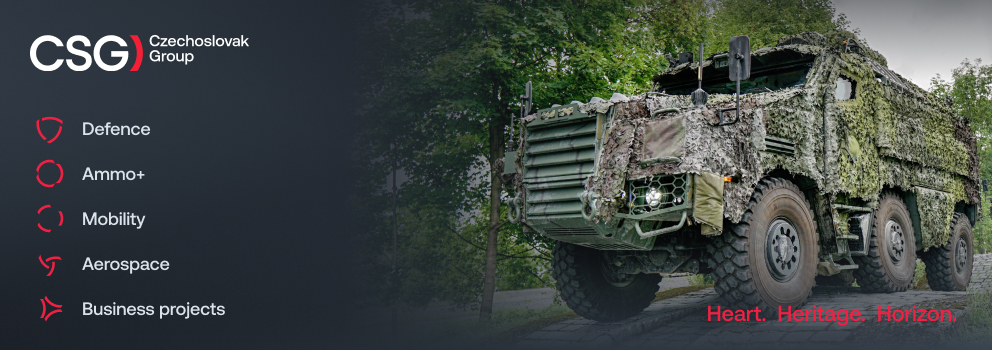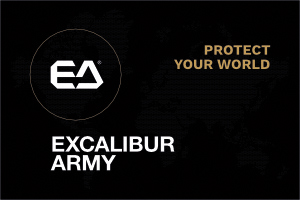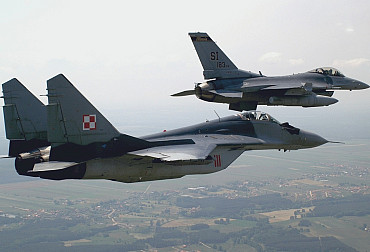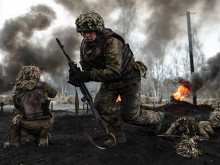Military neutrality in the 21st century: an advantage or a strategic illusion?
Neutrality was once seen as a protective shield for small states in an unstable world. Today, however, it is under pressure from new threats – from hybrid operations to cyber attacks that do not respect borders or legal status. Is neutrality still a viable strategy in the 21st century, or is it a remnant of the past that could cost a country its own security? A possible solution could be foreign policy titism.
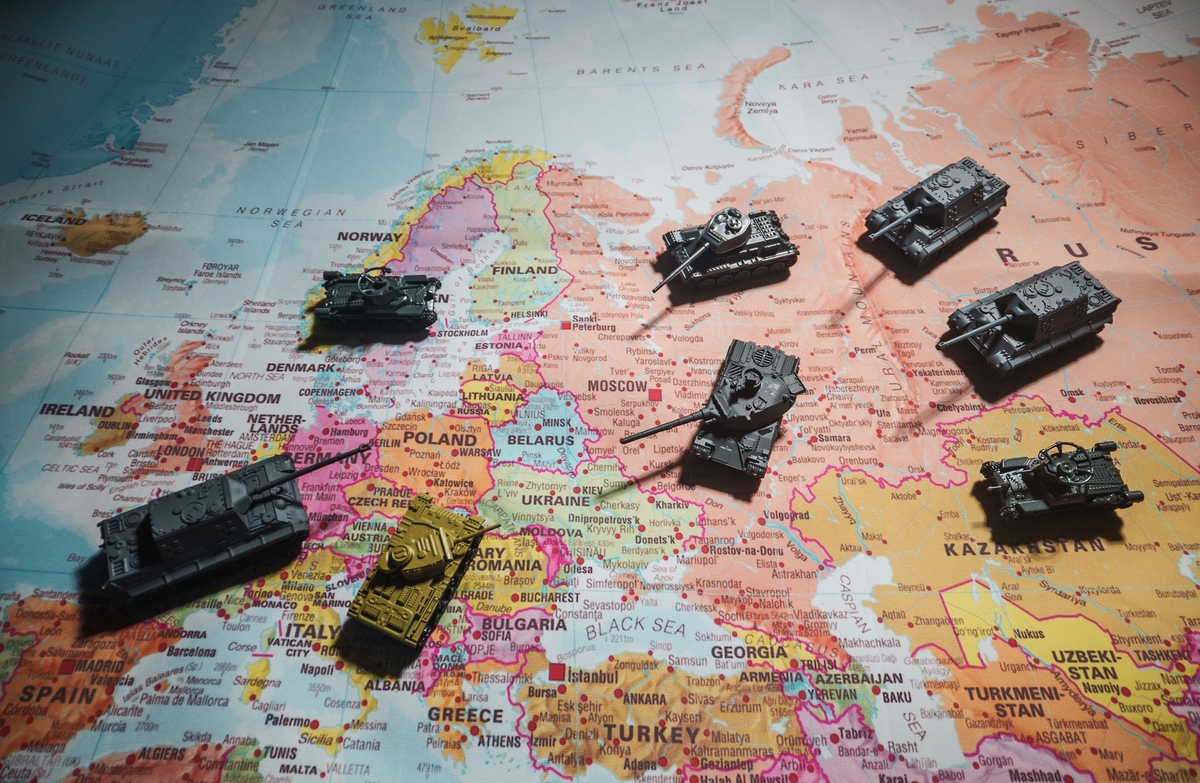
Neutrality as a legal and political concept was formed primarily in the 19th century in response to the growing complexity of armed conflicts and the need for clear rules of international conduct. International law, codified in particular in the Hague Conventions of 1907, defines a neutral state as an actor that refrains from participating in armed conflicts between other states and provides the same degree of impartiality to both sides. However, this status is not merely declarative – it requires that the state also maintain control over its territory and prevent its use for military purposes. In practice, however, neutrality is not merely a legal position, but a deeply political decision that reflects the strategic calculations of a given state in a specific geopolitical context.
A major push to establish neutrality as a tool for survival in the modern world came during the 20th century. Switzerland has maintained neutrality, except in cases of necessity, since the Congress of Vienna in 1815. Austria adopted neutrality after 1955 as a condition for the withdrawal of Soviet troops and the restoration of its sovereignty, enshrining this status directly in its constitution. Sweden and Finland also practiced de facto neutrality after World War II, although it was never formally guaranteed internationally. All these examples show that neutrality did not become an expression of ideological pacifism, but rather a practical strategy to avoid being drawn into conflicts between superpowers and to maintain room for maneuver.
Neutrality in practice: the Austrian and Swiss models
Austria is often cited as the archetype of post-war European neutrality. This stance has become an important part of Austrian identity, but it has also led to a politically sensitive relationship with NATO, even though Austria cooperates within the Partnership for Peace program and participates in some UN and EU missions. From a critical point of view, it should be noted that Austrian neutrality is now largely symbolic: the army has been underfunded for a long time, lacks modern equipment and a realistic strategy for defending the country's territory. In short, Austria relies on being surrounded by NATO countries, which rarely use force in Europe. The question remains as to how Russia, as the second major geopolitical player in the European region, perceives this laxity.
Switzerland, on the other hand, represents a model of active and consistent neutrality that is not only internationally respected but also deeply rooted internally. It is part of the national identity and was reaffirmed after World War II and during the Cold War. Unlike Austria, however, Switzerland emphasizes defense capabilities—it has long maintained a large militia, a comprehensive network of defense facilities, and strategic self-sufficiency in key supply chains and critical infrastructure. Even though the Swiss army has undergone downsizing and professionalization in recent decades, neutrality remains an active policy supported by military capabilities, not just a symbolic commitment.
These two models show that neutrality is a fluid concept with varying degrees of credibility. In both cases, however, it is clear that neutrality cannot be a mere political slogan; it must be backed by the ability to defend one's own territory, a willingness to bear the costs of security, and clear communication to potential aggressors, in extreme cases involving the entire society with an awareness of the risk of enormous human losses. Without these elements, neutrality becomes more of a moral stance than an effective defense strategy.
The end of certainty and the dawn of an era of hectic decisions
Russia's aggression against Ukraine in 2022 dramatically changed perceptions of security in Europe. Finland and Sweden, two long-standing neutral states, decided to join NATO within a few months. Their reasons were only seemingly pragmatic. Both countries had high-quality armies and sophisticated defense strategies, especially Finland, but at the same time they failed to understand Russia's real motivations for invading Ukraine and recklessly renounced their neutrality. The narrative in Europe at the time was that neutrality alone would not deter a country that violates international law and calculates on the willingness of others to intervene. Based on this premise, they mistakenly believed that a "long-held myth" had been debunked, according to which neutrality protects its bearer from aggression. In reality, this step put them in a rather controversial situation—especially Finland, which has a long border with Russia itself. Until Finland joined NATO, relations between Russia and Finland were relatively cordial. Now, however, this more or less peaceful border has become a potential conflict zone. Russia has formed an "anti-Finnish" 44th corps in the Karelia region, significantly militarizing the area. Until Finland joined NATO, Russia's military activities in the region were concentrated in St. Petersburg, as a possible target for a NATO attack from Estonia, which is a member of the Alliance.
From the same perspective, the question of Sweden's new NATO membership is less controversial. Sweden does not share a land border with Russia, which means that these borders are not currently becoming a new geopolitical conflict zone. On the other hand, Sweden has a long tradition of neutrality. In particular, it is uncertain how local industry, which has long operated on the principle of "we make what we can ourselves," will respond to this new reality. Sweden's aviation industry, which is among the most complex and technologically demanding, is clear evidence of this. So is neutrality in Europe really doomed to a slow death?
Foreign policy titoism as a possible alliance of small neutral states
The idea of an alliance of small, formally neutral states as a counterweight to superpower blocs is not new – historically, it was embodied, for example, by the Non-Aligned Movement, which drew inspiration from, among other things, Yugoslav "Titoism" as a third way between East and West. In today's multipolar world, where the axis of power is shifting away from Europe and the rules of the international order are being disrupted, this idea is returning in the form of discussions about a kind of "neutral NATO" – a multilateral security framework between states that do not belong to any military bloc whose members include a nuclear power. The basis for such an alliance could be regional cooperation between neutral states in "Central Europe" (Austria, Switzerland, the Czech Republic, Poland, Slovakia, Slovenia, Croatia, Serbia, Bulgaria, Romania, Ukraine, Moldova, Germany, Montenegro, Hungary, Macedonia, Greece, the Baltic states), which would practice "functional neutrality" within their geopolitics – collective defense, a form of semi-compulsory military service.
However, the question remains whether such a project is realistic. In an environment of growing polarization and pressure to "define oneself," it may be difficult in the long term to maintain unity of interests and operational capabilities without a common enemy or a strong institutional framework. Nevertheless, the vision of a "neutral alliance" can be a valuable contribution to the debate on the future of European security – especially for states that refuse to be part of bloc rivalry but do not want to remain strategically defenseless.

